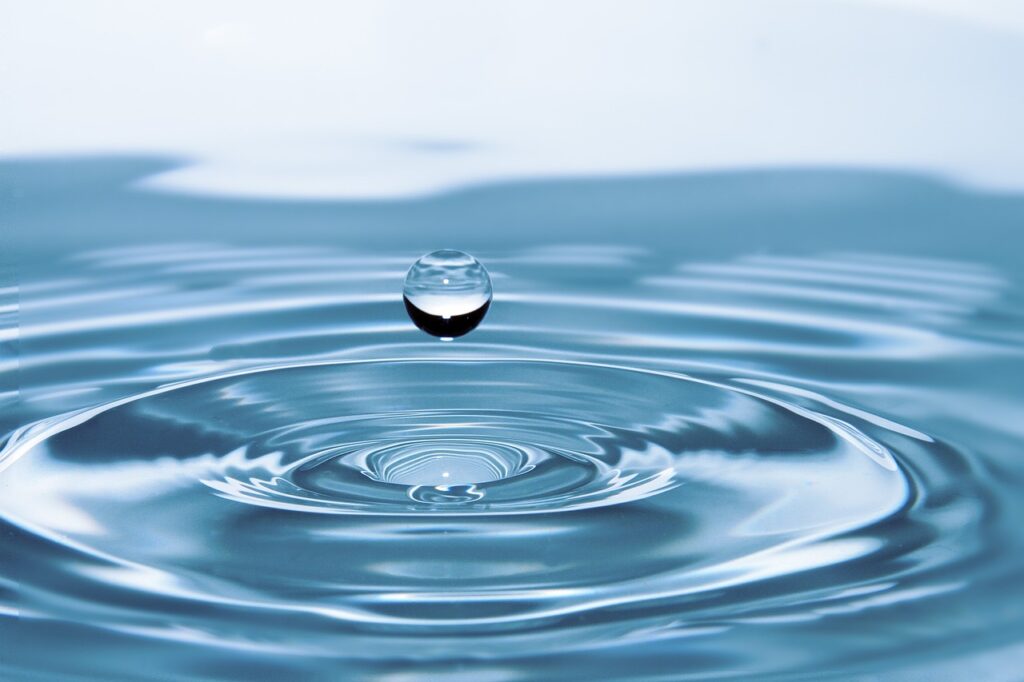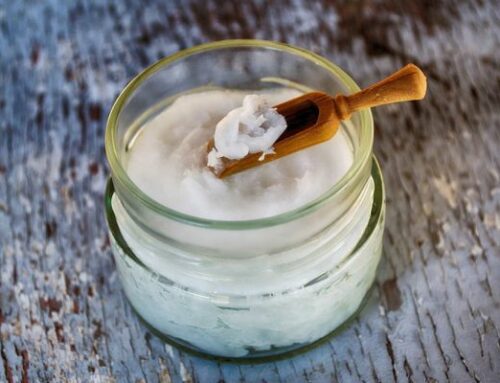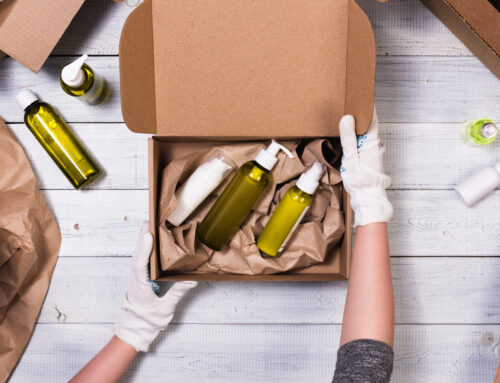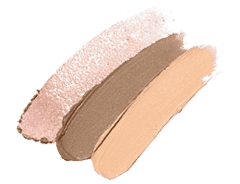When sifting through the expansive list of beauty products, there is a good chance that you will see the word “aqua” stick out. For some time, water has been used as a core ingredient to create beauty products that include haircare, skincare, and of course makeup. Even though water seems like a reasonable ingredient to incorporate, issues like water scarcity in many parts of the world have caused the beauty industry to shift in a more sustainable direction–enter waterless cosmetic products.

Understanding Waterless Beauty
Water scarcity is a topic that everyone has come to know and understand. Experts in the field believe that it is through water where most of us will feel the effects of climate change first. Water usage has been growing globally, twice the rate of the population within the last century. Many regions for quite some time have been able to sustainably deliver and manage their water supply. It’s undeniable that the demand for water is upending the supply, and it’s been predicted that much of our population will be occupying water-stressed areas by 2025.
One of the industries that prominently responded to these realities was the beauty industry. They proceeded to flood the industry with waterless cosmetic products and dubbed the now popular term–” waterless beauty”. Even though the trend that originally hailed from Korea positioned the products as being more concentrated and more beneficial for the skin, the messages behind the terms continued to change. Nowadays, waterless beauty is heralded as being better for the environment–but what does this impact look like, and how can a product be authentically waterless?
Do Waterless Beauty Products Work?
Sustainability aside, waterless beauty products work just fine! In fact, as mentioned, one of the prior messages companies in South Korea ran with were that these concentrated products were more effective because of that concentration. For high-quality products, this is generally viewed as true. Because these products are more concentrated, they are also more potent. Consumers can also get away with using less product due to the concentration.
The Rise of Waterless Formulations
While we currently do not need to fret about a water shortage, water scarcity has the potential to become a bigger issue. That is why it is justifiable for industries like the cosmetics industry to take charge and use water at sustainable rates. Many consumers are still using every-day products that contain copious amounts of water like shampoos and serums. It’s going to take time, but the need to innovate and reinvent will continue to emerge, and gradually restructure the cosmetic industry and its formulations. Bars, pastes, and powders are perfect examples of this since they contain no water, but they are still activated by water when used in the shower.
The Imprint of Water still Exists in Waterless Beauty Products

As promising as this is, there is still one important matter to disclose–water was most likely used to formulate a water-less product. All consumer products have a water footprint and will still be integral in every stage of the manufacturing process.
So, why is this? Because, the ingredients used in beauty products need water to grow and harvest them. With 70% of the world’s water being used for agriculture, the biggest component of your water footprint will come from the ingredients contained in the product. The water footprint is also responsible for getting ingredients from one point to another. For instance, shea butter. This product has to be transported by plane, and this requires water to achieve this. The plane that was transporting this relies on biofuel and could use about 136 liters of water per kilometer! Not to mention, packaging the product is also very water intensive. It’s easy to see how waterless beauty products can help cut down on global water use when you put it in terms of the complete cycle of creation and transportation.
A Chance to Cut down Packaging
Waterless cosmetic products are fantastic beauty alternatives, but they do not have the power to reduce our global water consumption, due to the aforementioned reasons. However, they can play a pivotal role in using less packaging and lasting longer for the user. A variety of companies are saying goodbye to their heavy-plastic packaging in favor of something smaller and more practical. This carbon impact of shipping and using smaller, lighter products will reduce waste.
Do Waterless Beauty Products Work? Yes!
Do waterless beauty products work? The answer is yes! The beauty industry will always find new ways to innovate in the push for a more sustainable, eco-friendly future. Here at Phoenix Chemical, we are proud to be a part of such a longer than life movement that is committed to consumer health and the well-being of the planet. If you would like to learn more about our unique formulations and processes, contact us today at 908-707-0232!







